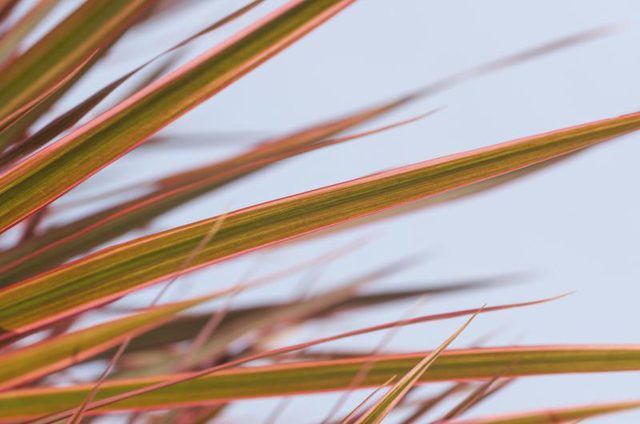Bulbs
Flower Basics
Flower Beds & Specialty Gardens
Flower Garden
Garden Furniture
Garden Gnomes
Garden Seeds
Garden Sheds
Garden Statues
Garden Tools & Supplies
Gardening Basics
Green & Organic
Groundcovers & Vines
Growing Annuals
Growing Basil
Growing Beans
Growing Berries
Growing Blueberries
Growing Cactus
Growing Corn
Growing Cotton
Growing Edibles
Growing Flowers
Growing Garlic
Growing Grapes
Growing Grass
Growing Herbs
Growing Jasmine
Growing Mint
Growing Mushrooms
Orchids
Growing Peanuts
Growing Perennials
Growing Plants
Growing Rosemary
Growing Roses
Growing Strawberries
Growing Sunflowers
Growing Thyme
Growing Tomatoes
Growing Tulips
Growing Vegetables
Herb Basics
Herb Garden
Indoor Growing
Landscaping Basics
Landscaping Patios
Landscaping Plants
Landscaping Shrubs
Landscaping Trees
Landscaping Walks & Pathways
Lawn Basics
Lawn Maintenance
Lawn Mowers
Lawn Ornaments
Lawn Planting
Lawn Tools
Outdoor Growing
Overall Landscape Planning
Pests, Weeds & Problems
Plant Basics
Rock Garden
Rose Garden
Shrubs
Soil
Specialty Gardens
Trees
Vegetable Garden
Yard Maintenance
Dragon Tree Facts
Dragon Tree Facts. The narrow-leaved, slender-stemmed Madagascar dragon tree (Dracaena marginata) is far too delicate to bear such a ferocious common name. Most widely used as a tropical indoor accent plant, dragon tree grows outdoors only in the balmy climates of U.S. Department of Agriculture plant hardiness zones 10 through 12. Indoors or...

The narrow-leaved, slender-stemmed Madagascar dragon tree (Dracaena marginata) is far too delicate to bear such a ferocious common name. Most widely used as a tropical indoor accent plant, dragon tree grows outdoors only in the balmy climates of U.S. Department of Agriculture plant hardiness zones 10 through 12. Indoors or outdoors, it's a relatively undemanding plant seldom bothered by pests or diseases.
Characteristics and Cultivars
Growing up to 20 feet tall outdoors and 6 to 10 feet tall as an indoor plant, dragon tree has narrow, erect gray-barked stems. Rapier-thin, red-margined green leaves drop from the plant as they age, leaving only arching tufts of the glossy foliage to crown the stems. Outdoor plants produce dainty, fragrant white spring flowers and orange fall berries. Creamy-yellow stripes line the red edges of the dragon tree cultivar "Tricolor's" (Dracaena marginata "Tricolor") green leaves. Red striping nearly obscures "Colorama's" (Dracaena marginata "Colorama") light green foliage.
Indoor Care
As a houseplant, dragon tree does best in a well-draining mixture of peat moss and sterilized loamy garden soil. University of Illinois Extension recommends 3:2:2 ratio of peat, soil and vermiculite. Keep the plant in a draft-free, bright spot out of direct sun at temperatures between 65 and 75 degrees Fahrenheit. Water as needed with fluoride-free water to keep the soil consistently moist, never soggy. From early spring through late summer, replace two watering sessions per month with applications of water-soluble 20-20-20 houseplant fertilizer. Mix 1/2 teaspoon, or the label's recommended amount, of the fertilizer in 1 gallon of water and pour it evenly around the dragon tree. Cut back to one monthly application in fall and winter.
Outdoor Care
Outdoor dragon tree tolerates shade, but has more vivid color with some sun. It needs moist, well-draining soil rich in organic matter. For the densest foliage, periodically prune its stems as the plant becomes taller. It produces two new branches from each pruned one. To avoid spreading disease, disinfect your pruning tools by dipping them in rubbing alcohol between cuts. Watch for occasional infestations of spider mites -- tiny insects that spin fine webs on the foliage -- or sap-sucking scale insects that cover the plants with sticky, clear waste. These pests also attack indoor dragon trees. Scrape scales off with a soft toothbrush and dislodge spider mites with a strong spray of water.
The Dragon Tree Drawback
The major drawback to growing dragon tree is its toxic effect on cats and dogs. The American Society for the Prevention of Cruelty to Animals reports a variety of symptoms in pets eating the tree's unidentified toxins. They include vomiting, loss of appetite, weakness, drooling and loss of coordination. Affected cats may also have dilated pupils, digestive pain and elevated heart rate. Keep your indoor dragon trees where the pets can't reach them, and supervise the pets when they're around your outdoor ones.